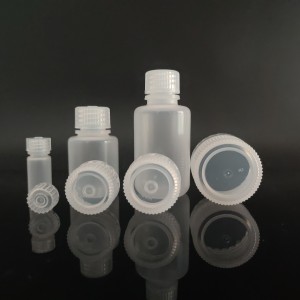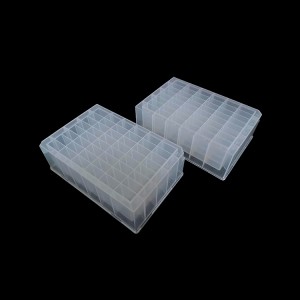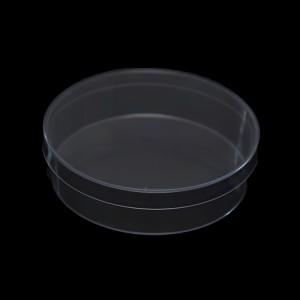How to choose the right ELISA plate?
Shape of the bottom
Flat bottom: The bottom is horizontal, also called F bottom. Light passing through the bottom will not be deflected, and light transmission can be maximized. It is used for experiments that require a round bottom for visibility or other reasons.
Round bottom: Also known as U-bottom, provides optimal cleaning and mixing performance for applications that require testing of sediments.
C-Bottom: Between a flat bottom and a rounded bottom providing good cleaning results and combining the advantages of a flat bottom.
Cone bottom: Also known as V bottom, it is suitable for precise sampling and storage of micro samples for optimal recovery of small volumes.
Color
The vast majority of ELISAs choose transparent plates as the experimental material. White and black plates are generally used for luminescence detection. Black ELISA plates have their own light absorption, so their signal is weaker than white ELISA plates. Black plates are generally used to detect stronger light, such as fluorescence detection; on the contrary, white plates can be used for weaker light detection, and are commonly used for general chemiluminescence and substrate color development (e.g. dual-luciferase reporter gene analysis).
Material
Common materials are polyethylene,PE, polypropylene,PP, Polystyrene,PS, Polyvinylchloride,PVC, Polycarbonate,PC.
The most widely used materials in ELSIA are polystyrene and polyvinyl chloride. Polyvinyl chloride is soft, thin, cuttable and inexpensive. The disadvantage is that the finish is not as good as polystyrene sheets and the bottom of the hole is not as flat as polystyrene. However, there is a corresponding increase in background values. Usually, the surface of the enzyme labeling plate has to be treated with ionic grafting, which introduces reactive functional groups such as aldehyde group, amino group and epoxy group on the surface of the polymer to improve the performance of the substrate surface.
Different binding mechanisms
Effective binding of the encapsulated substance to the bottom surface of the plate is a crucial step in ELISA. Therefore, the structural characteristics and chemical properties of the substances to be encapsulated should be carefully analyzed before the start of the experiment in order to select an appropriate ELISA plate. Generally speaking, there are several ways of binding between the encapsulated substance and the plate bottom: passive adsorption, covalent binding and affinity trapping.







